Migrants from the Red River Delta provinces and Thanh Hoa - Nghe An region came to the Mining Region to work as coolies and make a living during the French colonial period. They got married, had children and created a special type of family for Quang Ninh, which was the multi-generational miner family, social cells to create cultural convergence in the Mining Region.
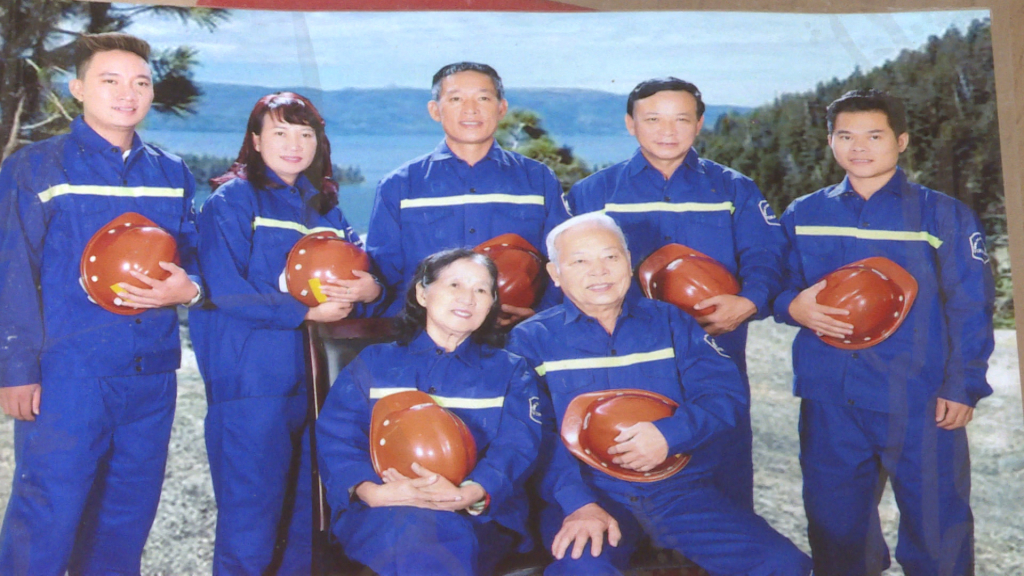
In Quang Ninh , stretching from Dong Trieu through Uong Bi, Ha Long to Cam Pha, there are consecutive mines, creating a cluster of villages and neighborhoods of mining workers. Thanks to that, Quang Ninh formed worker hamlets or mining villages such as: Cao Son mining village, Mong Duong, Mao Khe worker hamlet, Ha Lam... There are mining villages and mining towns formed spontaneously, but there are also places that are planned. Since the early years of the 90s of the last century, Cao Son leaders and miners have agreed to build Cao Son mining village. Currently, Cao Son mining village has become 3 residential areas, with nearly 1,000 families, accounting for about 20% of the population of Cam Son ward.
The bond that binds the miners’ families together is not blood or kinship, but rather the relationship of colleagues. In the mining villages and worker hamlets mentioned above, many miner families from the Red River Delta provinces came to work and bonded together like brothers. Although each miner family did not work in the same mine, they understood each other’s work and circumstances and were willing to help each other. Historical facts have shown that during the General Strike in 1936, tens of thousands of miners stood up to strike because of love for each other, for the great solidarity of the miners’ families. When peace came and the miners were allowed to own the mines, the miners’ family culture had the conditions to develop.
According to Mr. Le Thanh Xuan, Chairman of the Vietnam Coal and Minerals Trade Union, one of the cultural characteristics of miners is the camaraderie, colleagues, love and mutual assistance. Miners not only love each other but also sympathize and share with the poor who are facing difficulties and deprivation in the community surrounding the mine where they live.
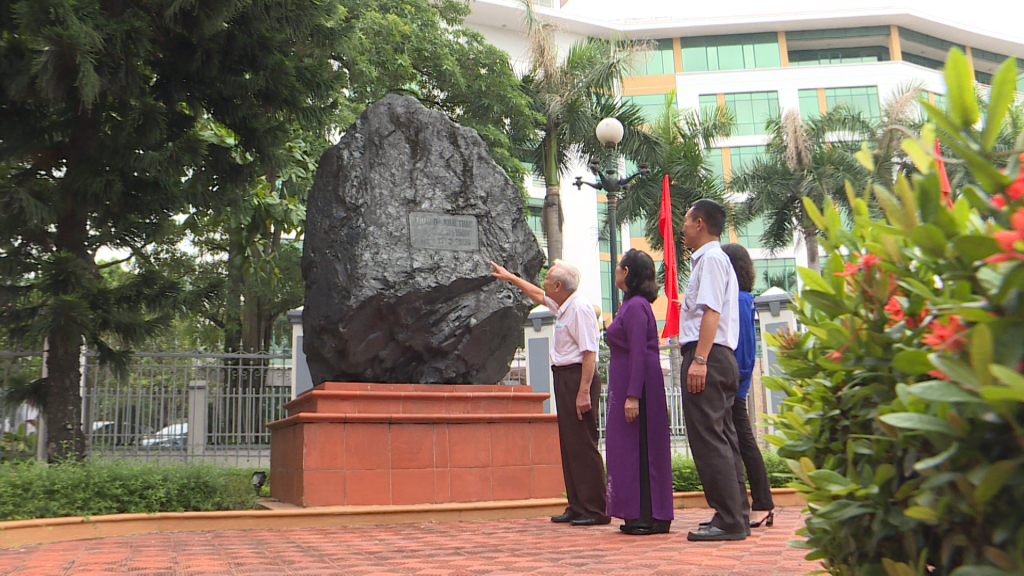
According to statistics, the miner families in the mining towns, mining villages, and worker neighborhoods mentioned above are mainly 3-generation families. Some families live together in the "three-generation family" style, very rarely in the "four-generation family" style, such as: The family of Mr. Chau Van Long and Mr. Nguyen Thanh Thuy in Cua Ong ward (Cam Pha city); the family of Mr. Vu Dinh Cham in group 13, zone 2, Ha Khanh ward (Ha Long city) has up to 4 generations working as miners. In particular, the family of Mrs. Pham Thi Mai in Cam Thanh ward (Cam Pha city) has up to 5 generations working in the coal industry.
There are even more families with 3 generations working in units of the Coal Industry, such as: Mr. Mai Huu Phan's family in Cam Binh ward, Mr. Nguyen Duc Ung's family in Cam Phu ward (Cam Pha city); Mr. Tran Van Hai's family in Ha Lam ward, Mr. Pham Van Doan's family in Bach Dang ward (Ha Long city); Mr. Do Van Quang's family in Vang Danh ward (Uong Bi city); Mr. Hoang Gia Trung's family, Ms. Uong Thi Thao's family, Mr. Nguyen Quang Huy's family (Dong Trieu town), etc. In particular, there are families with 6 or more people who are all mine workers, such as: Mr. Vu Ngoc Chung's family, Mr. Mac Anh Hung's family, all of whom are miners in Mao Khe.
Currently, there are not many traditional families with 3 generations or more in Quang Ninh, most of them are basic families or nuclear families (2 generations). These families often live in apartment buildings in the coal industry. And most of these families have parents who are young couples who came to Quang Ninh to start a business after the renovation period.
In recent years, coal industry units such as Duong Huy Coal, Quang Hanh Coal, Ha Long Coal, Nam Mau Coal, Vang Danh Coal, Mao Khe Coal… have invested in building very spacious apartment complexes exclusively for workers. In those apartment complexes, in addition to single apartments, there are also two-generation miner families living together very closely and affectionately.
The majority of the mining families in Quang Ninh today come from rural areas, farmers with a strong cultural identity. Therefore, the mining family is a place where regional cultural values converge and are preserved, creating a new village structure on the mining land. Professor, Dr. Nguyen Xuan Kinh, former Director of the Institute of Cultural Research, commented: The mining area gathers people from many other places, bringing with them culture, they both absorb and preserve their own culture. They are very important subjects in the study of culture and folk arts. They are also the ones who create folk songs. Folk songs in the mining area are the songs of workers, talking about workers for the same reason...
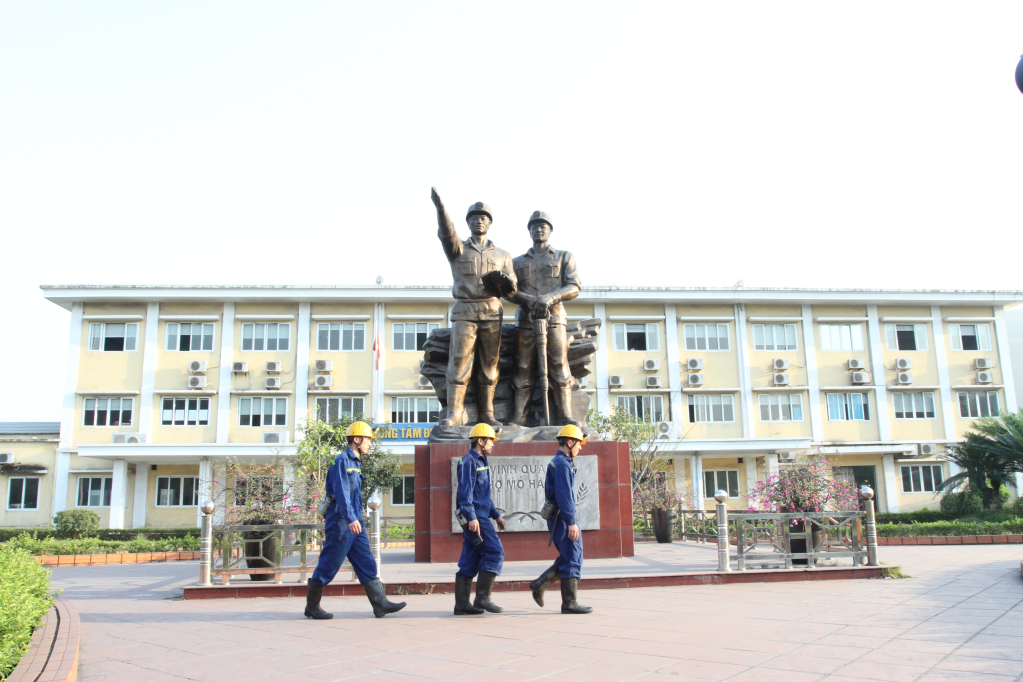
It is also because of that strong cultural identity that despite the busy shift life, family culture cannot be broken. Even today, miner families still show the blending and intermingling of many regional cultures with indigenous cultures, creating a community culture of the Mining Region residents. Mr. Doan Van Kien, former General Director of the Vietnam National Coal - Mineral Industries Group, acknowledged: Miners live together very openly, intermingling cultures of different regions. Quang Ninh culture is different from Thai Binh, Nam Dinh although many miners here used to come from that land. But the new land has trained people, people must integrate into this Mining Region to create new cultural features.
The Quang Ninh miner family is a type of family that is greatly influenced by the tiring shift work lifestyle. However, it is also the modern shift work lifestyle that has had a positive impact on the workers’ lives, changing their mindset in a positive way. And this is also the foundation for educating the next generation to love work and have a sense of organization and discipline.
Mr. Nguyen Van Vinh, Chairman of the Mao Khe Coal Company's Trade Union, said: "Many miner families are still passing on the torch to their children and grandchildren to continue their ancestors' traditions, to build and develop the Mining Region to become even more prosperous. Families with many generations working in the mines are a clear demonstration of the awareness of promoting traditions and fulfilling personal responsibilities towards the homeland."
Source






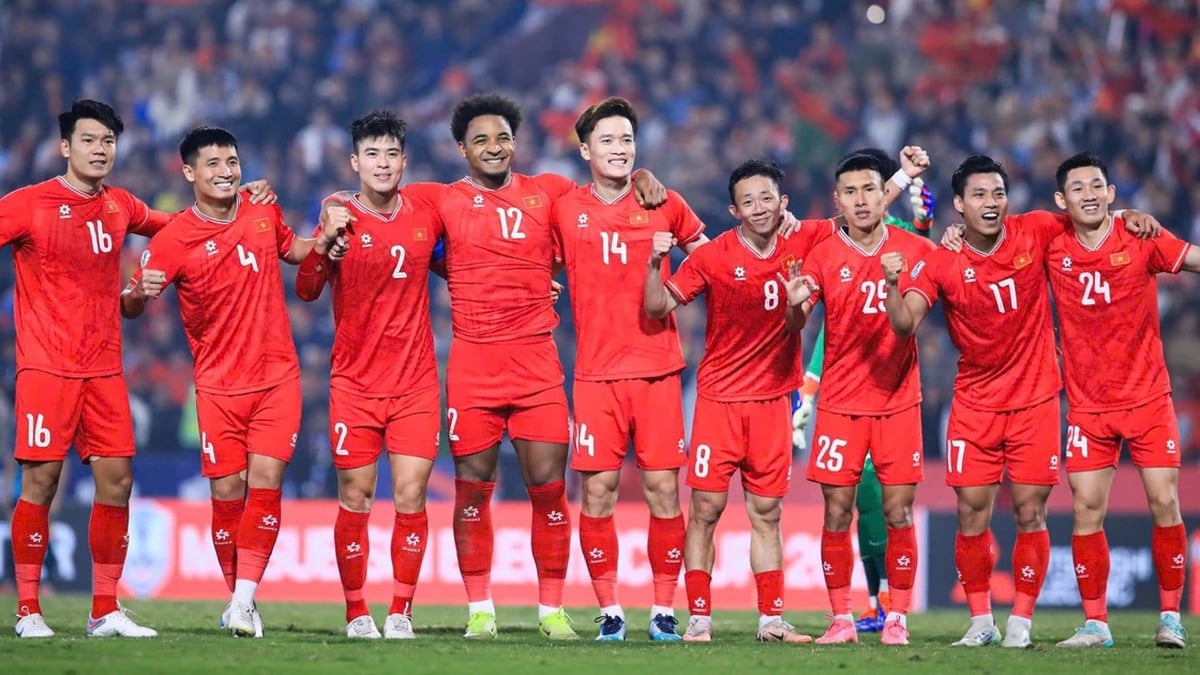


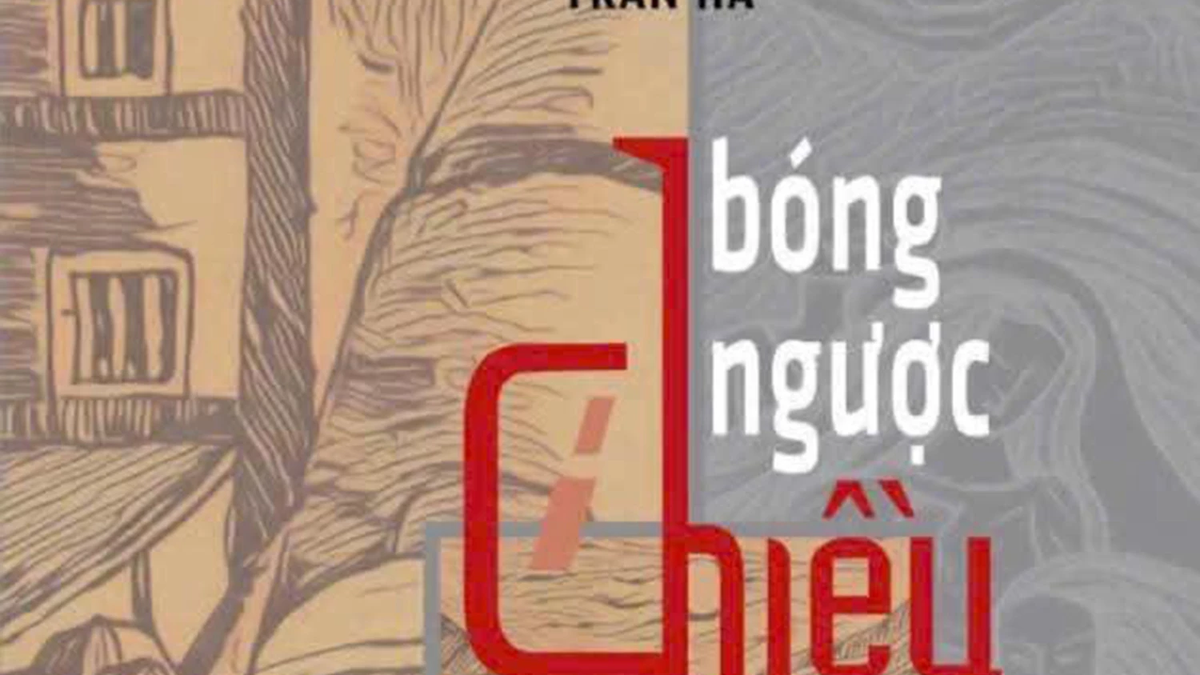

![[Video] More than 100 universities announce tuition fees for the 2025–2026 academic year](https://vphoto.vietnam.vn/thumb/1200x675/vietnam/resource/IMAGE/2025/7/18/7eacdc721552429494cf919b3a65b42e)

















































































![[Infographic] In 2025, 47 products will achieve national OCOP](https://vphoto.vietnam.vn/thumb/402x226/vietnam/resource/IMAGE/2025/7/16/5d672398b0744db3ab920e05db8e5b7d)





Comment (0)